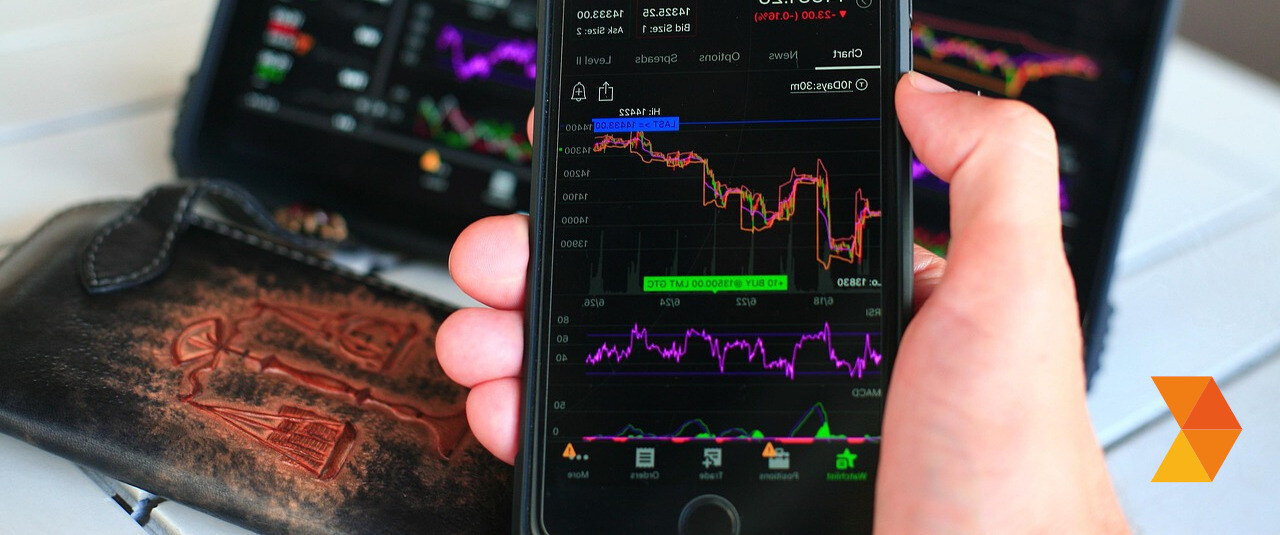How to Create a 12-Month Forecast Without a 2026 Budget
As a financial professional, you understand the critical role that forecasting plays in strategic planning, cash flow management, and investor confidence. But what happens when your organization hasn’t yet finalized its 2026 budget? Without an approved budget, creating a reliable 12-month forecast that extends into 2026 may seem challenging—but it’s far from impossible.
In this article, we’ll explore practical strategies to develop a data-driven, defensible forecast even in the absence of a formal budget. By leveraging historical trends, operational inputs, and scenario planning, you can produce a forecast that supports decision-making while maintaining financial discipline.
Why Forecasting Without a Budget Is Necessary
Before diving into the methodology, it’s important to recognize why a forecast is still valuable without a budget:
-
Strategic Decision-Making – Executives and department heads need visibility into future financial performance to make informed decisions on hiring, capital expenditures, and growth initiatives.
-
Investor & Stakeholder Confidence – Lenders, investors, and board members expect forward-looking insights, even if exact budget figures aren’t yet available.
-
Risk Mitigation – A well-structured forecast helps identify potential cash flow gaps or profitability risks before they materialize.
-
Budget Development – A forecast can serve as a foundational document that later evolves into the official budget once assumptions are validated.
Now, let’s explore how to build this forecast effectively.
Step 1: Leverage Historical Trends & Run-Rate Analysis
When a budget isn’t available, historical financial data becomes your best friend. Here’s how to use it:
A. Analyze Past Performance
-
Review income statements, balance sheets, and cash flow statements for the past 2–3 years.
-
Identify seasonality patterns, revenue growth rates, and expense trends.
-
Adjust for known one-time events (e.g., a major client loss, pandemic impacts, or restructuring costs).
B. Calculate Run-Rate Projections
-
Revenue: If your business has stable growth, apply the trailing 12-month (TTM) growth rate to project forward.
-
Expenses: Use the average monthly operating expenses, adjusting for inflation (typically 2–3%) and known cost changes (e.g., rent increases, new hires).
-
Working Capital: Estimate future receivables, payables, and inventory needs based on historical turnover ratios.
Example: If Q4 2025 revenue was $10M with a 5% quarterly growth trend, Q1 2026 could be projected at $10.5M, assuming no major market shifts.
Step 2: Incorporate Operational Inputs & Departmental Estimates
Since budgets often come from top-down targets, a forecast without one should take a bottom-up approach by engaging department leaders.
Key Questions to Ask Business Units:
-
Sales Team: What’s the pipeline for 2026? Are there new contracts or market expansions?
-
Operations: Are there planned efficiency improvements or cost-saving initiatives?
-
HR: Will headcount change? Are salary adjustments or hiring freezes expected?
-
IT & CapEx: Are there major technology upgrades or facility expansions planned?
Even without formal budget approval, department heads often have insight into upcoming changes that should factor into the forecast.
Step 3: Apply Scenario Planning (Best Case, Base Case, Worst Case)
Since a forecast without a budget carries more uncertainty, scenario modeling is essential.
| Scenario | Revenue Assumption | Expense Assumption | Use Case |
|---|---|---|---|
| Base Case | Historical growth continues | Moderate cost inflation | Most likely outcome |
| Optimistic | New product launch succeeds, +15% growth | Expenses rise only 2% | Used for expansion planning |
| Pessimistic | Economic downturn, -10% revenue | Cost-cutting measures enacted | Risk mitigation planning |
How to Use Scenarios:
-
Present all three to leadership to set realistic expectations.
-
Stress-test cash flow under the worst-case scenario to ensure liquidity.
-
Update quarterly as new data emerges.
Step 4: Align with Known Business Drivers & Market Conditions
Even without a budget, external and internal factors will influence 2026 performance. Consider:
A. Macroeconomic Factors
-
Interest rate trends (impact on borrowing costs)
-
Inflation (supply chain and labor costs)
-
Industry-specific trends (e.g., regulatory changes, commodity prices)
B. Company-Specific Changes
-
New product launches
-
Expansion into new markets
-
Mergers & acquisitions (even if not finalized, model potential impacts)
Example: If the Fed signals rate cuts in 2026, factor in lower interest expenses if your company carries variable-rate debt.
Step 5: Use Rolling Forecasts to Stay Agile
Instead of treating the forecast as a static document, adopt a rolling 12-month forecast that updates monthly or quarterly.
Benefits of Rolling Forecasts:
-
Adjust for actual performance (e.g., if Q1 2026 sales exceed projections, revise Q2–Q4).
-
Incorporate budget numbers once they’re approved.
-
Reduce reliance on fixed annual targets, which may become outdated.
Step 6: Document Assumptions & Maintain Transparency
Since this forecast isn’t backed by an official budget, clear documentation is critical.
What to Document:
-
Growth rate assumptions (e.g., "Revenue projected at 6% based on 3-year CAGR").
-
Key risks (e.g., "If Supplier X raises prices by 10%, COGS increases by $2M").
-
Dependencies (e.g., "Forecast assumes no recession in 2026").
This ensures stakeholders understand the forecast’s limitations and can challenge or refine assumptions as needed.
Conclusion: A Forecast Without a Budget Is Still Powerful
While operating without a 2026 budget isn’t ideal, it doesn’t mean you’re flying blind. By:
-
Using historical trends to establish a baseline,
-
Gathering operational insights from department heads,
-
Modeling multiple scenarios to prepare for uncertainty,
-
Adjusting for market conditions, and
-
Implementing rolling forecasts,
you can create a practical, actionable 12-month forecast that guides decision-making until the official budget is approved.

FAQ: Forecasting Without a Budget
1. Why should we create a forecast if we don’t have a budget yet?
A forecast provides a forward-looking financial perspective, helping leadership make informed decisions even before the budget is finalized. It ensures continuity in planning, risk assessment, and stakeholder communication.
2. How accurate can a forecast be without a budget?
While a forecast without a budget relies more on estimates than approved figures, it can still be highly reliable if based on:
-
Historical trends
-
Operational insights from department heads
-
Market and economic data
-
Scenario planning
Accuracy improves as more actual data becomes available and the forecast is updated regularly.
3. What’s the difference between a budget and a forecast?
-
Budget: An approved financial plan with fixed targets for revenue, expenses, and investments.
-
Forecast: A dynamic, data-driven projection that adjusts based on real-time performance and changing conditions.
4. How often should we update the forecast?
Best practice is a rolling 12-month forecast, updated quarterly (or monthly for volatile industries). This ensures the projections stay relevant as new data emerges.
5. What if department heads don’t have clarity on 2026 plans?
Use historical trends as a baseline and apply conservative growth assumptions. You can also:
-
Interview leaders on potential initiatives (e.g., hiring, expansion).
-
Incorporate industry benchmarks if internal data is limited.
6. Should we present a single forecast or multiple scenarios?
Multiple scenarios (Base, Optimistic, Pessimistic) are recommended when a budget isn’t set. This helps leadership:
-
Understand potential risks and opportunities.
-
Prepare contingency plans.
7. How do we handle major unknowns (e.g., economic downturn, M&A)?
-
Flag these variables as key assumptions in the forecast.
-
Model their potential impact separately (e.g., "If inflation rises to 5%, expenses increase by X%").
-
Revisit the forecast if conditions change.
8. Can we use this forecast to secure financing or investor buy-in?
Yes, but transparency is critical. Clearly document:
-
The basis of assumptions (e.g., "Revenue growth based on 3-year historical CAGR").
-
Risks and dependencies.
Investors and lenders appreciate a well-reasoned forecast, even if it’s not tied to a final budget.
9. What happens when the 2026 budget is approved?
Reconcile the forecast with the budget to:
-
Identify variances and adjust future projections.
-
Refine assumptions for the next forecast cycle.
10. Do we need special software to build this forecast?
Not necessarily. Excel works for basic models, but FP&A software (e.g., Adaptive Insights, Anaplan) can automate data integration and scenario testing.
Final Tips:
Once the 2026 budget is finalized, reconcile it with your forecast to identify gaps and refine future projections. This ensures a seamless transition from forecast to budget execution.
By following these steps, financial officers can maintain fiscal discipline, support leadership decisions, and navigate uncertainty with confidence—even in the absence of a formal budget.
Need help with forecasting, budgeting, or other financial issues? Consider using the services of a fractional CFO. Contact Preferred CFO today to learn more!
You May Also Like
These Related Stories

Will a Stock Market Crash Hurt My Business?

What Happens If I Missed the Business Tax Deadline?



No Comments Yet
Let us know what you think